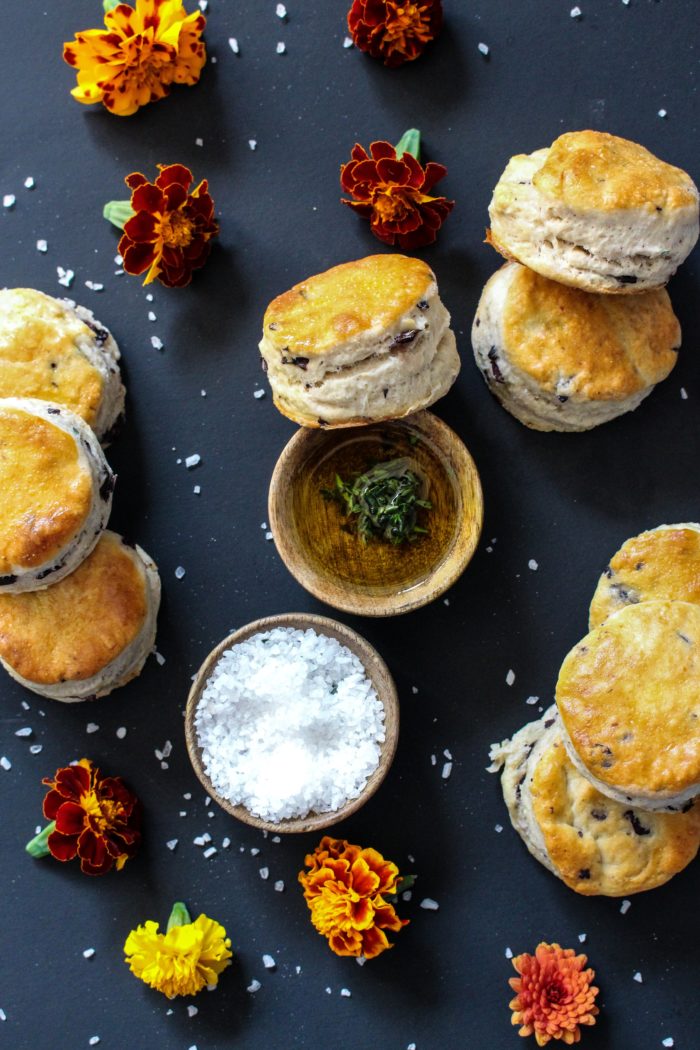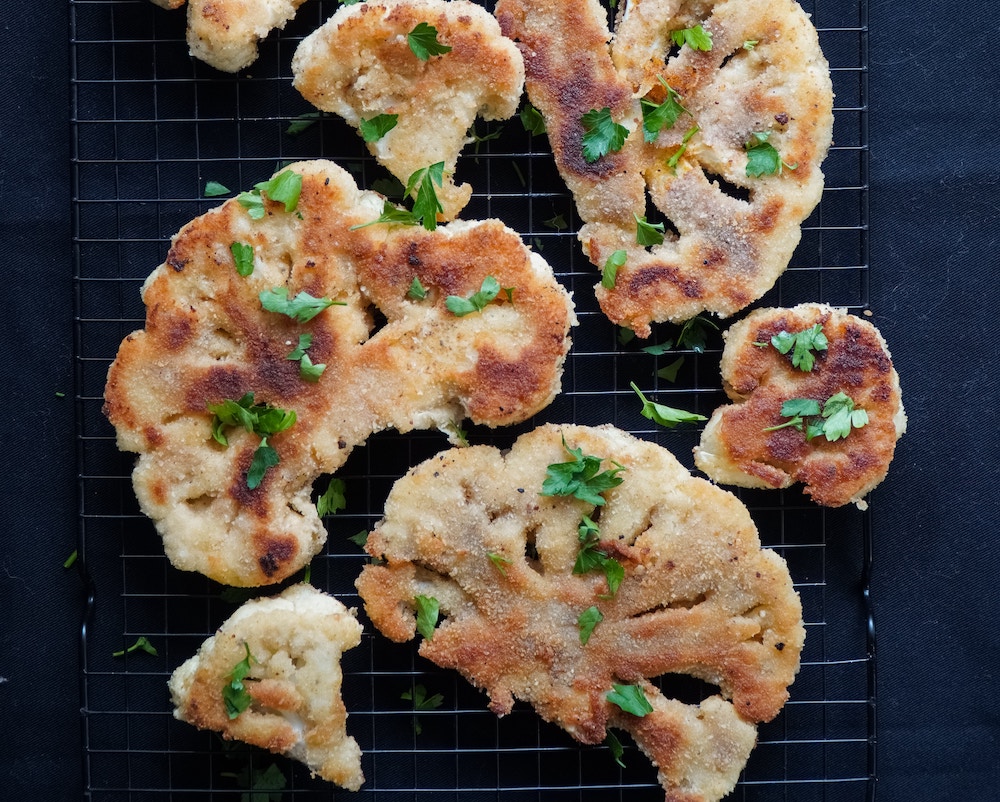Despite my general level of comfort in the kitchen, I am still puzzled by how to properly use salt in my cooking. Sure, my meals usually end up being salty and flavorful enough, but for quite some time, I’ve had the nagging feeling that I haven’t yet mastered the art of salt. I figured that if I have questions about how to salt, Peaceful Dumpling readers may have questions as well, so I did some poking around to find these general tips on using salt. A few of these tips have already changed my salt game! Hopefully, you’ll find them as helpful as I do 🙂

How to Salt Your Food Like a Pro
Know your salts.
There are several different sources of salt—some aren’t even granular, including tamari or soy sauce (liquid) and miso (paste). There’s not necessarily one right salt for particular dishes (it may take a bit of trial and error to find out what salts you like best), but the following are some general guidelines about which salts to use when.
—Basic Kosher salt can serve as your go-to all-purpose salt. It has a neutral flavor, and its sodium is typically less concentrated than that of other salt sources. Kosher salt is easy to handle, so it’s easy to tell how much your have between your fingers—and how much you’re adding to your food.
—Fine salt is best for baked goods because its size is closer to that of most flours, allowing it to blend more evenly in the batter. The sodium in fine salt tends to be more concentrated, so you need less than you would if you were using basic Kosher salt.
—Generic table salt is “harsh and not particularly interesting” in the words of Deborah Madison, so skip it if you please. I don’t think I would be able to taste the difference between table and Kosher salt, but it doesn’t matter because I stick to…
—Sea salt has a slight briny taste beloved by many. (I’ve always used sea salt but more out of habit than anything else!) It’s very easy to find coarse sea salt—this makes a great “finishing salt,” i.e. salt that you sprinkle on food right before serving. Because of the salt’s coarse texture, it dissolves at different rates on the tongue, meaning you won’t be slammed with a super salty taste. There are different varieties of sea salt. Celtic and Himalayan tend to be quite popular among health enthusiasts because these salts tend to be minimally processed.
—Tamari/soy sauce. Certainly a must for Asian-inspired dishes, tamari/soy sauce are staples in many vegans’ kitchens. To use them solely for Asian dishes would be a shame, however. I use tamari in salad dressings, grain dishes, and anything I want food infused with umami. Tamari is like soy sauce, only it is fermented and gluten-free. Some find that tamari tastes less “processed” than soy milk. (Some varieties are low-sodium and may be a better choice for those wishing to minimize their sodium intake.)
—Miso. File under “perfect for Asian-inspired dishes.” Miso is often recommended by health experts for its probiotic content. To preserve these good bacteria, use miso in raw dishes or as the salt source in a salad dressing. Miso also makes a great soup!
Timing matters when it comes to salting your cooked food.
In most cases, you should salt food in the early stages of the cooking process. Salt penetrates colder food more slowly—this is especially true for veggies–while heat allows salt to more evenly penetrate food, resulting in food that’s evenly flavorful. When salt is added at the end of the cooking process, you may experience the taste of too much salt—even if you added the recommended amount. If you forget to add salt in the beginning, add only 25% of the recommended amount of salt wherever you are in the cooking process. For example, if a recipe calls for 1 teaspoon of salt, but you reach the end of the cooking process and realize you forgot the salt, add only 1/4 teaspoon. Gradually add more to taste if necessary.
When in doubt, go “high in the sky.”

Sometimes you do want to actually taste the salt (like in French fries or salted caramel), so you sprinkle coarse salt on your dish before serving it. When adding finishing salt, avoid dispensing the salt from your fingers to closely to the food. Rather, go “high in the sky” (10-12 inches above the food) to avoid having salt to densely concentrated in certain areas.
Do you have additional tips for properly using salt? If so, please share them in the comments below!
More in Vegan Cooking Tips: Best Cooking Tips from Pro Chefs
Creating Easy Vegan Side Dishes
15 Easy Vegan Meals with Common Ingredients
Vegan Cooking Tips for the Reluctant Vegan Chef
Get more like this–sign up for our newsletter for exclusive inspirational content!
Photo: Gregory Bourolias and Stephani McCabe via Unsplash




